If you love crisp, refreshing cucumbers but don’t have a big backyard, dwarf cucumbers—also called bush cucumbers or mini cucumbers—are your new gardening secret weapon. These compact, easy-to-grow plants deliver everything you love about traditional cucumbers—crunchy texture, cooling flavor, and endless versatility—without needing sprawling vines or trellises.
Perfect for small gardens, patios, balconies, and raised beds, dwarf cucumbers are taking over American home gardens for good reason. They’re fast-growing, space-efficient, and produce tender, snack-sized fruits ideal for salads, pickling, and fresh eating.
In this complete 1,200-word guide, we’ll explore how to grow, harvest, and enjoy dwarf cucumbers, their top varieties suited for American climates, plus cooking and storage tips to help you get the most from every bite.
1. What Are Dwarf Cucumbers?
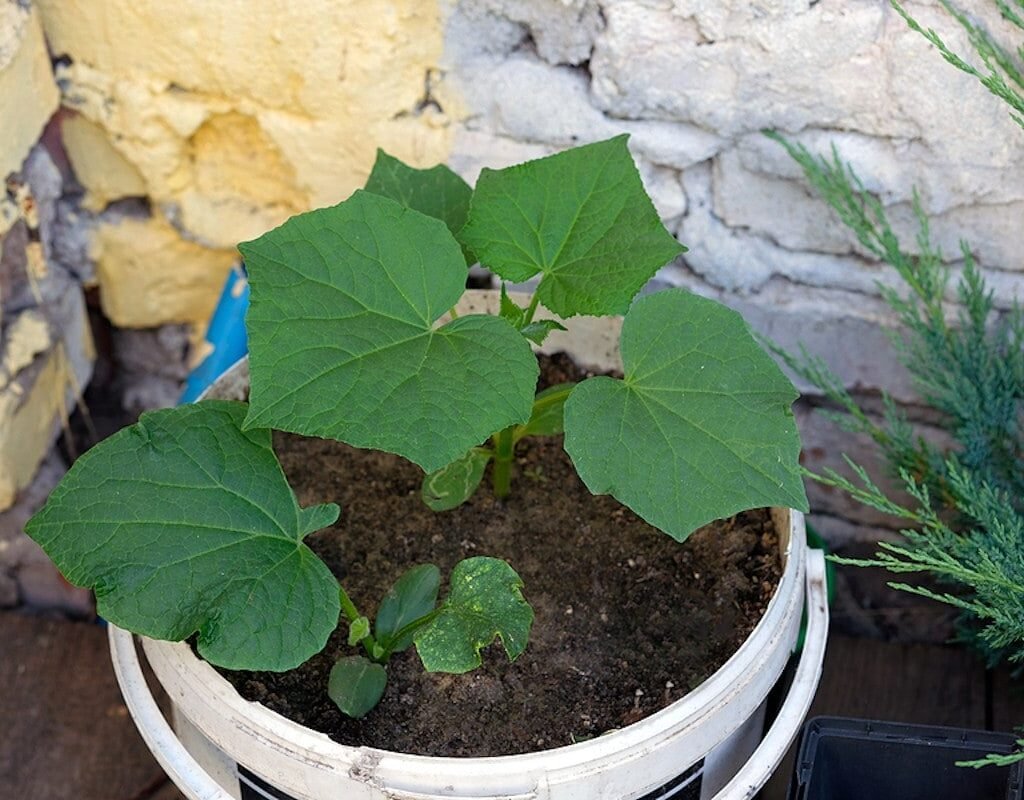
Dwarf cucumbers (Cucumis sativus) are compact, bush-type varieties of the common cucumber. Unlike traditional cucumbers that grow long, vining stems that can sprawl 6–10 feet, dwarf cucumbers form short, dense plants that rarely exceed 2–3 feet in spread.
These small yet productive plants are ideal for:
- Urban gardeners with limited space.
- Container gardening on patios and balconies.
- Raised beds or small backyard plots.
- Beginner gardeners who want low-maintenance, quick rewards.
Despite their size, dwarf cucumbers yield an impressive number of crisp, flavorful fruits that typically measure 4–6 inches long—perfect for pickling or snacking.
2. Top Dwarf Cucumber Varieties for American Gardeners
Choosing the right variety ensures you get the best yield and taste for your region. Here are some of the most popular dwarf cucumber varieties in the U.S.:
‘Bush Champion’
A classic American favorite, this variety produces full-sized cucumbers on compact plants. Ideal for containers and small gardens.
‘Spacemaster 80’
As its name suggests, this variety is made for limited spaces. It’s disease-resistant and performs well in pots or hanging baskets.
‘Bush Pickle’
Perfect for home pickling enthusiasts. Produces small, firm cucumbers that stay crisp after processing.
‘Miniature White’
An heirloom variety with creamy white skin and a sweet, mild flavor. Great for fresh eating or decorative dishes.
‘Patio Snacker’
Specifically bred for container growing, this hybrid produces juicy cucumbers about 6 inches long with excellent flavor.
Each of these varieties thrives in American USDA zones 3–10, offering flexibility across climates from the Pacific Northwest to the Southeast.
3. How to Grow Dwarf Cucumbers in Your Garden or Patio
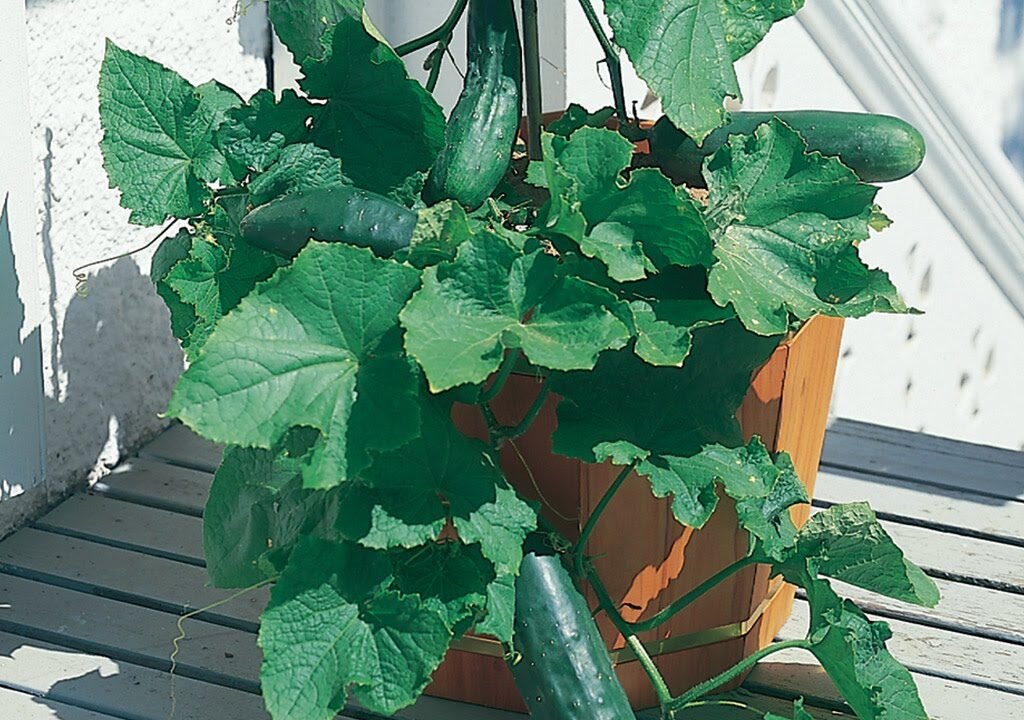
One of the biggest reasons dwarf cucumbers are so beloved is their ease of cultivation. You don’t need much experience—or space—to get started.
When to Plant
- Sow seeds 2–3 weeks after the last frost, once soil temperatures reach at least 60°F (16°C).
- In warmer states like Florida, Texas, and California, cucumbers can be planted almost year-round.
Soil Preparation
Cucumbers love rich, well-draining soil.
- Ideal pH: 6.0 to 7.0.
- Mix compost or aged manure before planting to boost organic matter.
Planting Steps
- Sow seeds directly in the garden (they don’t transplant well).
- Plant seeds ½ inch deep and 12–18 inches apart.
- For container growing, use a pot at least 12 inches deep and wide with drainage holes.
Watering and Care
- Keep soil consistently moist—dry soil can lead to bitter fruits.
- Water at the base to prevent fungal diseases.
- Mulch around plants to retain moisture and suppress weeds.
Sunlight
Dwarf cucumbers thrive in full sun—at least 6–8 hours per day. The more sun they get, the better the yield.
4. Container Gardening with Dwarf Cucumbers
If you live in an apartment or have a small backyard, dwarf cucumbers are tailor-made for container growing.
Tips for success:
- Use high-quality potting mix enriched with compost.
- Place containers in a sunny spot—balconies, patios, or windowsills.
- Water daily during hot weather, as pots dry out faster than garden soil.
- Fertilize every 2–3 weeks with a balanced liquid fertilizer.
A single container plant can yield a dozen or more cucumbers in one season—making it a high-value crop for urban gardeners.
5. Caring for Dwarf Cucumber Plants
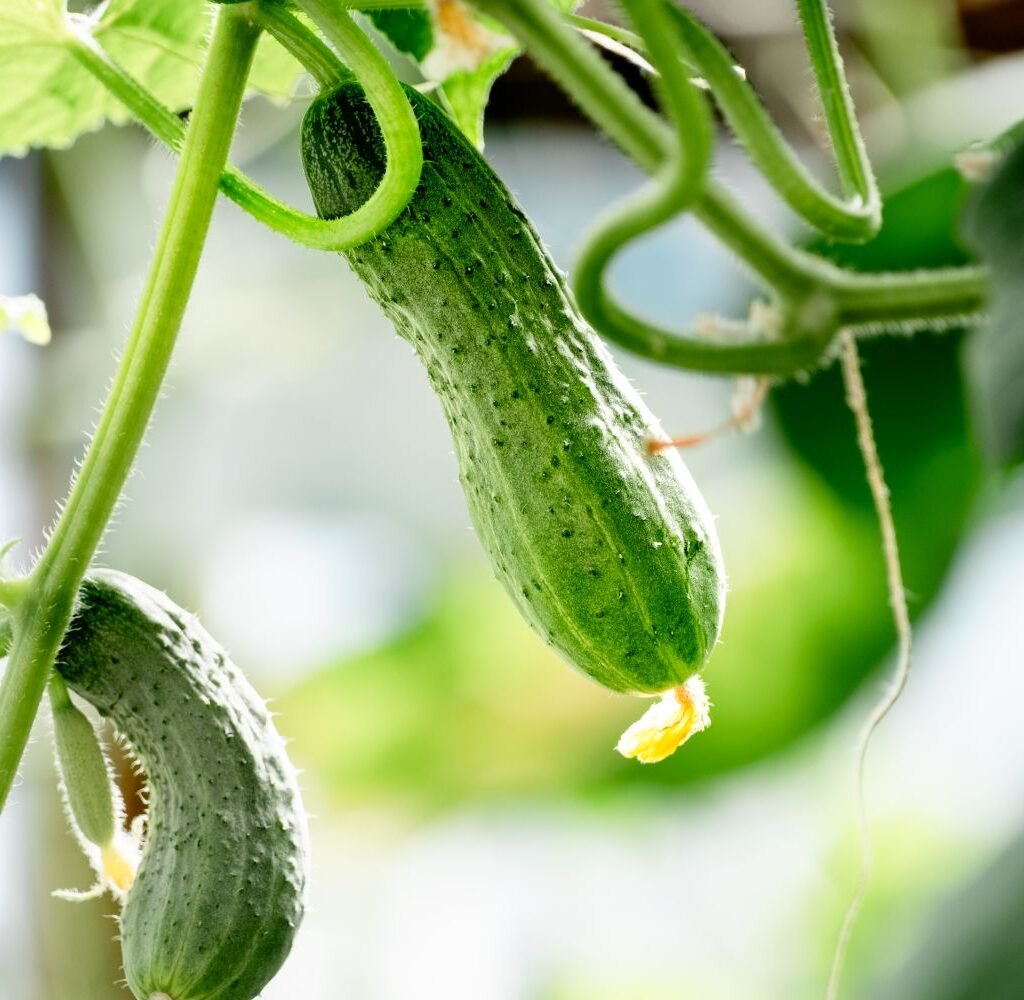
Pollination
Most dwarf cucumber varieties are self-pollinating hybrids, but having pollinators (bees, butterflies) nearby can increase yields. Avoid heavy pesticide use that may deter them.
Fertilizing
Use a low-nitrogen fertilizer—too much nitrogen promotes leaves, not fruit. Opt for a 5-10-10 NPK formula.
Pests and Diseases
Common cucumber pests in American gardens include:
- Aphids – control with neem oil.
- Cucumber beetles – use row covers or companion plants like marigolds.
- Powdery mildew – prevent by spacing plants well and watering early in the day.
Rotate crops each year to prevent soil-borne diseases.
6. Harvesting Dwarf Cucumbers
One of the most satisfying parts of growing dwarf cucumbers is the quick turnaround. Most varieties mature in 50–60 days.
Harvesting Tips:
- Pick cucumbers when they’re 4–6 inches long for the best flavor and texture.
- Harvest every 2–3 days to encourage continuous production.
- Use scissors or garden shears to avoid damaging the plant.
If left too long, cucumbers can become seedy and lose their crispness. Regular picking keeps them tender and tasty.
7. How to Store Dwarf Cucumbers
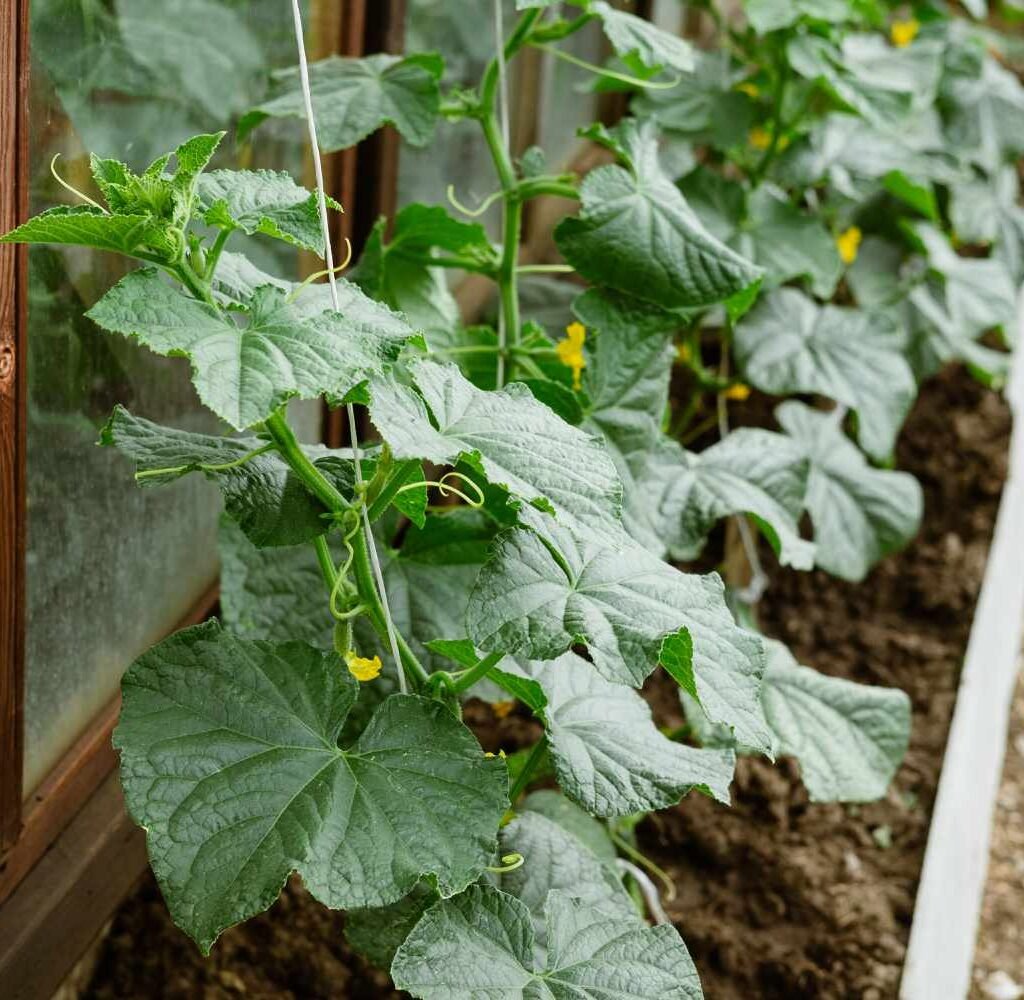
Proper storage ensures your cucumbers stay fresh and crunchy.
Short-Term Storage:
- Store in the crisper drawer of your refrigerator.
- Keep them in a perforated plastic bag to maintain humidity.
- Fresh cucumbers last up to 10 days.
Long-Term Storage:
- Pickling is the best preservation method. Dwarf cucumbers’ small size makes them ideal for jars.
- You can also slice and freeze cucumbers for smoothies or soups, though freezing affects texture.
8. Delicious Ways to Enjoy Dwarf Cucumbers
Fresh, crisp, and cooling—dwarf cucumbers are a culinary dream. Here are some American-inspired recipes and ideas:
1. Garden-Fresh Cucumber Salad
Slice dwarf cucumbers thinly, toss with red onions, vinegar, and dill. Chill for a refreshing summer side dish.
2. Homemade Pickles
Use dwarf cucumbers for quick refrigerator pickles—just add vinegar, garlic, dill, and peppercorns. Ready in 48 hours!
3. Cucumber Yogurt Dip (Tzatziki)
Grate cucumbers and mix with Greek yogurt, garlic, and lemon for a creamy dip perfect for grilled meats.
4. Cucumber Sandwiches
Layer cucumber slices with cream cheese on whole-grain bread for a healthy snack.
5. Cucumber Lemon Water or Smoothie
Blend dwarf cucumbers with lemon, mint, and ice for a cooling summer beverage.
9. Health Benefits of Dwarf Cucumbers

Beyond their refreshing taste, dwarf cucumbers pack a powerful nutritional punch.
Hydration Powerhouse
Composed of over 95% water, cucumbers are an excellent way to stay hydrated, especially during hot American summers.
Supports Heart Health
Rich in potassium and magnesium, they help regulate blood pressure naturally.
Aids Digestion
High water content and dietary fiber promote digestive health and regularity.
Promotes Healthy Skin
Cucumbers contain antioxidants and silica that nourish the skin—no wonder cucumber-infused skincare is trending!
Low-Calorie Superfood
With only about 16 calories per cup, cucumbers are perfect for weight management and clean eating diets.
10. Sustainable and Smart Gardening with Dwarf Cucumbers
Growing dwarf cucumbers isn’t just convenient—it’s eco-friendly too.
- They require less water and space than traditional cucumbers.
- Their compact size reduces the need for trellising materials.
- Perfect for urban sustainability projects or balcony gardens.
You can even companion plant them with herbs like basil, dill, or oregano to deter pests and improve soil health naturally.
Conclusion: Compact Plants, Maximum Flavor
Whether you live in a suburban home with a small backyard or an apartment with just a sunny window box, dwarf cucumbers make gardening accessible and rewarding. They grow fast, require minimal care, and produce crunchy, delicious cucumbers perfect for any American kitchen.
From snacking fresh off the vine to pickling jars for winter, dwarf cucumbers bring freshness, health, and sustainability right to your doorstep.
So grab a packet of seeds, some soil, and a sunny spot—it’s time to discover the joy of growing your own miniature cucumber garden this season.

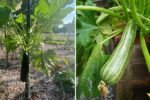
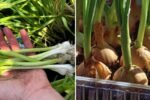

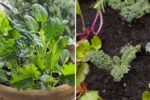

Leave A Comment